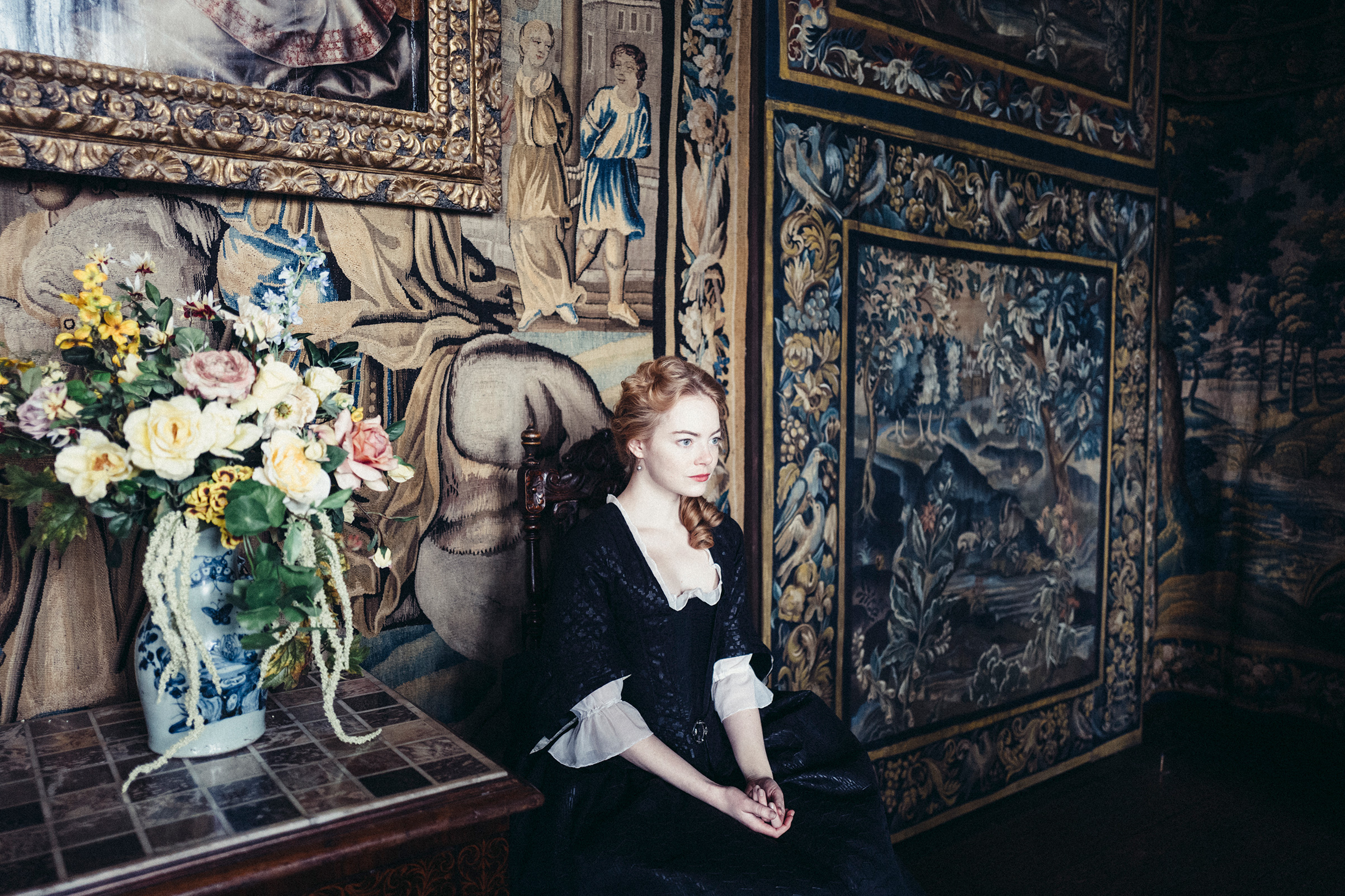Unless you’ve been living under a rock recently, you’ve probably caught Oscar fever in the past couple of weeks. The Oscars‘ lineup this year was particularly superb, with winners sprinkled liberally among films, including “Roma,” “Bohemian Rhapsody,” “Green Book,” “If Beale Street Could Talk” and “The Favourite.”
“The Favourite” tied with “Roma” for the most Oscar nominations — with an impressive 10 each — and scored the best performance by a leading actress for Olivia Colman’s incredibly raw and powerful performance as Queen Anne. The film, tending toward the avant-garde in style, was masterfully shot and is considered to be one of director Yorgos Lanthimos’ best films to date.
I will admit, “The Favourite” is not an easy film to watch. The unconventional filming methods of “The Favourite” will make any movie lover pause to contemplate how the industry can begin pushing the boundaries of film and going beyond audience expectations of how stories can be told. On the flipside, it will probably leave a casual movie-goer confused about what is happening and wondering why there are chapters in a movie.
The story follows the plight of Emma Stone’s character, Abigail Masham, a young woman in 18th-century England who has fallen from grace and her position in high society because of the gambling failures of her father. In an attempt to regain safety and stability in her life, she beseeches the help of her cousin Sarah Churchill, the Duchess of Marlborough, played by a stunning Rachel Weisz, who doubles as the not-so-subtle political advisor and clandestine lover to the ailing Queen Anne. When matters of the state pull the duchess away into a swirl of political intrigue, Abigail steps into her cousin’s shoes, using her charisma and knowledge of their secret affair to win the queen’s favor.
The delicious drama is threaded with satirical, dark humor and is carried by the powerful performances of three stunning female leads. The duchess shoot guns, curses, rides horses and has enormous sway over political dealings. Abigail is cunning, resourceful, surprisingly knowledgeable when it comes to poisons and uses others’ low expectations of her to her advantage.
Queen Anne is powerful in a different sense. Even as her physical health deteriorates and her mental health fluctuates between childish tantrums, deep sorrow and biting humor, her emotions are raw and real. To be perfectly blunt, Anne is not as beautiful as Abigail proclaims, but she carries beauty in her loss and in her desire to love and be loved. There is no fear of reality nor the imperfections of humanity in Colman’s performance, and this is what earned her the Oscar.
It is refreshing to see that these leading ladies don’t rely on the men in their lives to get things done. Most of the men in “The Favourite” cannot be taken seriously; they often wear outrageously large wigs, gaudy makeup and clop around in heels. They also frantically bet on duck races and throw tomatoes at one another. Their political and sexual wheeling and dealings are more of a nuisance than anything else for the likes of Sarah and Abigail, who want the freedom to hatch their own plots.
This portrayal of traditionally noble men like Lord Marlborough and the Whig Party leader was a very deliberate choice, as they are thrown into sharp relief alongside the women in the film, who are intentionally styled with natural hair and natural faces. The peacocking of the male characters inversely gives power to the women, who work in subtler ways to assert their dominance over others.
“The Favourite” implemented unique technical filming methods during production, using actual film over digital cameras to obtain a richer, more natural visual experience. Cinematographer Robbie Ryan often used wide shots and fisheye lenses to capture the expansive 18th-century opulence of Queen Anne’s castle. These wide shots, while successfully capturing the exquisite detail of the walls, paintings, floors, tapestries and costumes, also created an atmosphere of “lonely characters in huge spaces,” as was Lanthimos’ intent.
The strength and desperation of the three main characters is easily seen in these shots, whether it be the duchess confidently promenading down a high-ceilinged hallway or the queen seated in a wheelchair at the entrance of a ballroom, striking in her stillness while surrounded by dancing bodies aglow in candlelight.
Along with the innovative cinematography, the style of lighting Lanthimos uses in his film is worth noting. He insisted on using natural light as opposed to artificial light, the latter of which is very common on large movie sets to brighten dark corners or turn the night into day. This proved challenging for the many night scenes in the film, as they required hundreds of candles to be on set and lit at one time.
Despite the potential fire hazard, the natural lighting’s effect is beautiful to see on the big screen. The cold light of the day pairs perfectly with the dealings of Sarah and Abigail. The day is for plotting — whether it be for your position in court, on the battlefield or in the bedroom — and the nights are for secret love affairs, made all the more sensual with warm, ruddy firelight enveloped in darkness.
Such behind-the-scenes elements of filmmaking are endlessly fascinating for those who deeply appreciate the art of cinema, as are the countless hours of hard work and artistic vision that go into producing such Oscar-winning movies. Cinematic elements paired with the thematic work tell a fascinating, roller coaster of a plot as Abigail and Sarah duke it out for the favor of the queen and the power in court that provides, while poor Anne just wants to be loved by the women in her life who are most important to her.
“The Favourite” is not a story that sugarcoats the more unsavory realities of jealousy or ambition. Its coarse and powerful story, told through the lens of one of the world’s most fascinating filmmakers, is one of human connection, with stinging humor to mitigate the darker elements of the film. Also, it has rabbits.
















